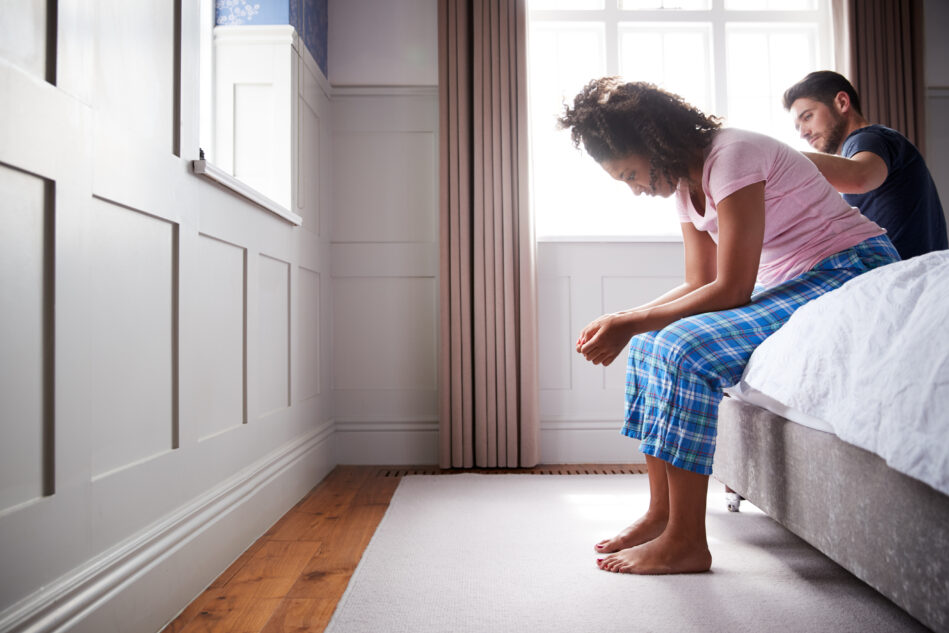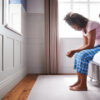We often hear the word microbiome in the promises of oral supplements, yogurts and probiotic drinks like kombucha, but there’s more to the microbiome than just your gut. Did you know even your home and office have their own microbiomes, and those microbiomes can affect your health?
Over the past decade, the gut microbiome has been the subject of intensive study, since researchers learned that the microbiota—bacteria, viruses and fungi that live in and on outnumber our own cells tenfold. Researchers have learned that disrupting a healthy microbiome can have serious health consequences. The medical community doesn’t know enough about the microbiomes of buildings just yet to design a transplant that will guarantee yours is a healthy one. However, it can provide tips on how to keep the air and surfaces in your home as healthy as possible.
Researchers are just starting to uncover the many variables that determine the microbial community in a home or public space. Just about everything can impact the indoor microbiome. Every time he chooses a new variable to study, says Kevin Van Den Wymelenberg, PhD, director of the Institute for Health in the Built Environment at the University of Oregon, he finds that it changes the indoor microbiome.
Researchers know more about what can help us keep out the bad microbes—disease-causing viruses, for example—than how to introduce beneficial bacteria to our homes. Nonetheless, Wymelenberg says that, “for the most part, outdoor microbes are going to have greater diversity and are probably healthier,” so bringing outside air in is usually a good idea. Three of the best ways to increase microbial diversity, while reducing our exposure to harmful pathogens are to increase ventilation, let in light and maintain moderate humidity.
Invite The Outside In
Strategically ventilating the home is crucial to reducing energy expenditure and moderating temperature, explains Wymelenberg, but it can also make a big difference in your microbial community.
He recommends opening the windows at night when it’s warm outside and during the day when it’s cooler to encourage natural ventilation. He and his team have found that the less natural ventilation in a room (even if it has plenty of fans and mechanical ventilation), the more human-associated microbes that room holds. “We know that the greater the incidence of human-associated microbes,” he adds, “the greater the incidence of potential pathogens.”
Ventilation has played an especially important role during the pandemic. Researchers have found that you’re far less likely to contract the disease while outside, where the abundant air dilutes viral particles. The next best thing to being outside is constantly letting fresh air in and pushing old air out. “We have a lot of opportunities to increase ventilation in a lot of spaces and help control transmission,” says Karen Dannemiller, PhD, a professor of engineering and human health at Ohio State University.
Let There Be Light
Ultraviolet (UV) light is known to kill many pathogens, including SARS-CoV-2, the coronavirus. In one experiment, Wymelenberg says, even just a little bit more sunlight can make your home healthier. “Access to daylight shifts the indoor bacterial community compared to darkness,” he says. Sunlight “inactivates certain bacteria and certain viruses,” like SARS-CoV-2. Open the curtains and blinds when you can to let the light shine in. In addition to killing pathogens, it may even help improve your mood, energy and sleep quality.
Dry, But Not Too Dry
High humidity can encourage the growth of dangerous fungal pathogens like mold, explains Dannemiller. “We see mold growth really starting [at] around 80% relative humidity,” she says. She and most experts recommend keeping your home below 60% relative humidity as best you can to give a little buffer room. She emphasizes that it doesn’t have to be constantly humid for mold to grow. Repeatedly elevating the humidity for a few hours at a time, like what might occur after daily showers, can also encourage fungal growth, even if the humidity drops between rinses.
Some thermostats, like the Google Nest, will allow you to measure and adjust humidity. But if yours doesn’t, the easiest way to measure relative humidity is with a hygrometer, which can be purchased at a local drugstore or online for under $15.
Wymelenberg warns, too, that your home can also be too dry. “This is a problem because, especially in northern latitudes where we heat buildings all winter long,” using technology that removes a lot of moisture from the air. “We’re an indoor species that are now living in deserts.” The dryness can affect both skin and mucous membranes. When those membranes dry out, it’s easier for pathogens to invade our bodies.
The experts say to try and keep your home between 40% to 60% relative humidity for the healthiest microbial environment. In addition to using humidifiers and dehumidifiers, Dannemiller and Wymelenberg suggest that the materials you use to furnish your home can make a difference.
First of all, “You want to make sure that you don’t have any sort of highly porous materials like carpet in a space that might get wet like a bathroom or like a damp basement floor,” says Dannemiller.
Wymelenberg says some materials, such as stones, bricks and clay, can actually help absorb excess humidity in a room with too much moisture or release it in a room that’s too dry. it when there isn’t enough in a room.
You can learn more about keeping a healthy home on the website of the US Department of Housing and Urban Development’s Healthy Homes Project.






